
OR
Climate change and Nepal
Nepal is highly vulnerable to climate change. All its major rivers are snow-fed, originating in the high Himalayas bordering China’s Tibet. As the snow cover up in the mountains steadily recedes, less water flows into the rivers downstream during the winter season.
This means less water to produce electricity, less water to drink and less water to irrigate the fields. Alternately, whatever snow accumulates up there melts fast during the summer, inundating these rivers, which translates into devastating floods and landslides downstream. The poorer you are in Nepal, the more such extreme weather events will affect you. Even without these events, vast swathes of arable lands lie barren as most able-bodied men and, increasingly, even young women, are leaving the country in search of gainful employment abroad. Even if some of them decide to stay back and cultivate their lands the yields of major crops like rice and corn are low and as such commercially unviable. Nor are our farmers in a position to negotiate good price for their crops. The extreme weather events have only added to their woes.
The much-touted Agriculture Development Strategy (ADS) that will supersede the existing Agriculture Perspective Plan (APP) hopes to transform Nepali agriculture that still employs nearly 70 percent of its working-age population. For instance it aims to boost per hectare land productivity from the current US $1,600 to $5,000. The export of farm items from Nepal is expected to rise from the current $250 million to $1.6 billion by the end of the 20-year timeline of ADS. One of its core objectives is commercialization of the agro sector so as to make agriculture a viable means of livelihood. Therefore, in addition to increasing their access to modern farming tools and fertilizers, the farmers will also get training on value-addition and entrepreneurship. In light of the new challenges posed by climate change, the ADS aims to mitigate the risks to commercial agriculture through response mechanisms “that include catastrophe protection insurance and the protection of farmers under bankruptcy legislation.” Such safety nets will undoubtedly give farmers more incentive to cultivate their lands.
More than that, Nepal will also have to learn to tap into the resources that have been made available by the rich countries—that contribute the most to climate change—to the poor countries to help them adjust to the worst effects of climate change. For instance the rich countries have since 2009 committed US $100 billion a year for poor countries.
Although the rich countries have struggled to completely honor this yearly commitment, they still pony up substantial sums every year. (For instance $62 billion was raised in 2014.) But Nepal has not been able to adequately tap into this global pool owing to its failure at quantifying its vulnerabilities and at presenting a convincing case before the world. This is because the issue of climate change, as important as it is for Nepal, has never been taken seriously by our political bigwigs. But with the planet on course to witness its hottest year on record, such neglect could prove costly. Nepal failed to make a convincing case at the most recent UN Climate Change Conference in Paris back last November. Pummeled by an unprecedented number of water-induced disasters this monsoon, the country is again struggling to cope. A little disaster planning in advance would have made things more manageable.
You May Like This

Locals ‘find’ several vulnerable points along Sikta’s main canal
NEPALGUNJ, Aug 2: Local leaders and commoners say that they have found several vulnerable points along the main canal of... Read More...
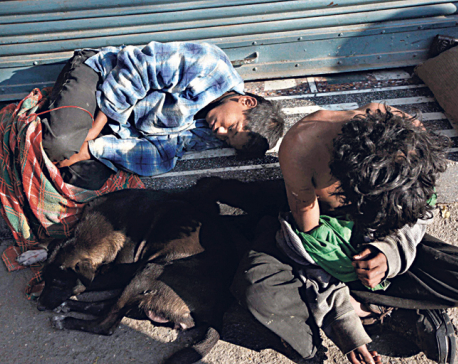
Street children vulnerable to addiction
KATHMANDU, March 14: As most of the street children start using psychoactive substances at a tender age of eight or nine,... Read More...
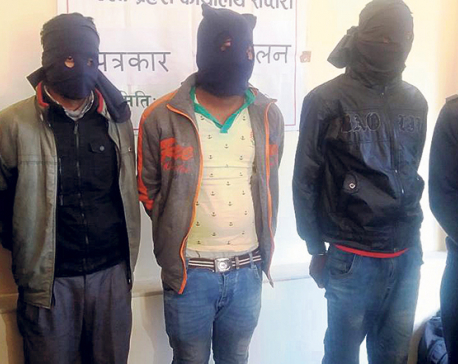
Children vulnerable as rapes and murders soar
RAJBIRAJ, Dec 22: Eight-year-old Durgananda Sah’s dead body was recovered by police from his neighbor’s septic tank last week in Hariharpur... Read More...




Just In
- Kathmandu once again ranked as world’s second most-polluted city
- PHC endorses Raya as Auditor General
- PM Dahal and ex-PM Khanal meet
- Revised report on job specification submitted to PM
- Home ministry recommends Joshi and Dhakal for promotion to AIG
- Madhesh CM Yadav to seek vote of confidence today
- Gold price increases by Rs 1,700 per tola
- KMC warns of action against those strewing construction materials on street





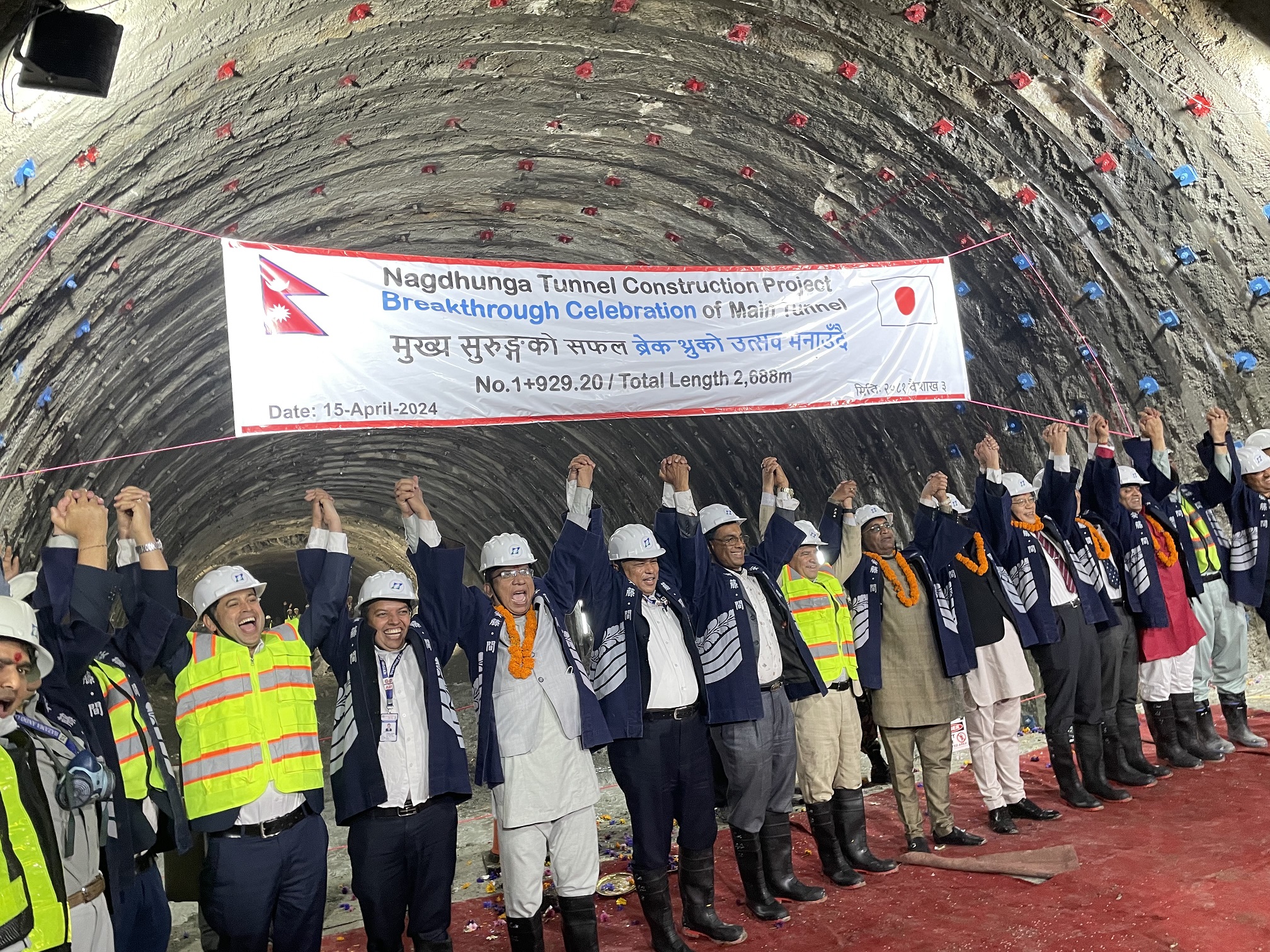

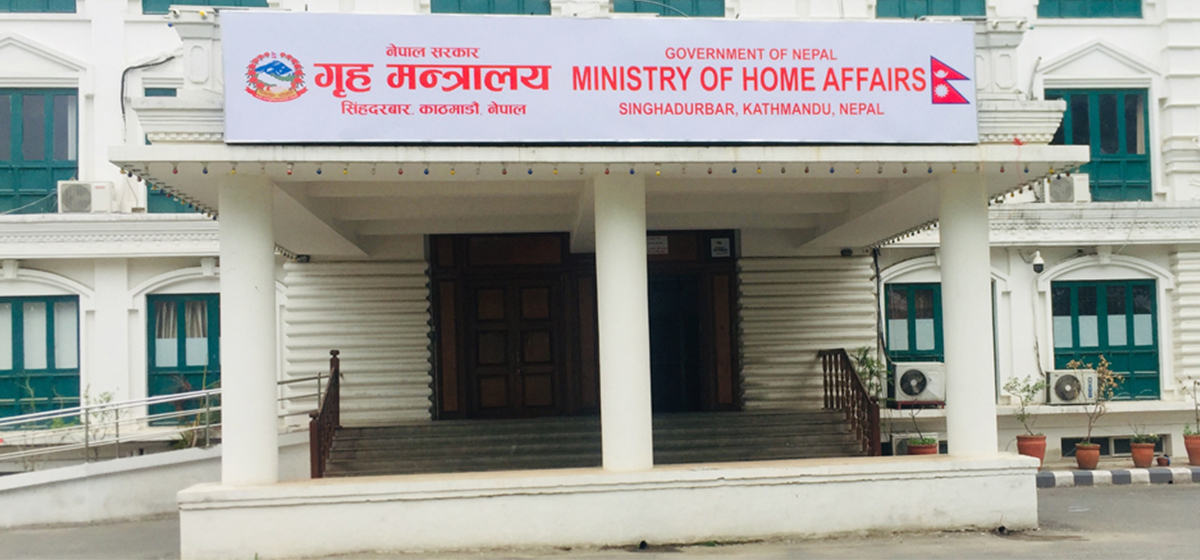



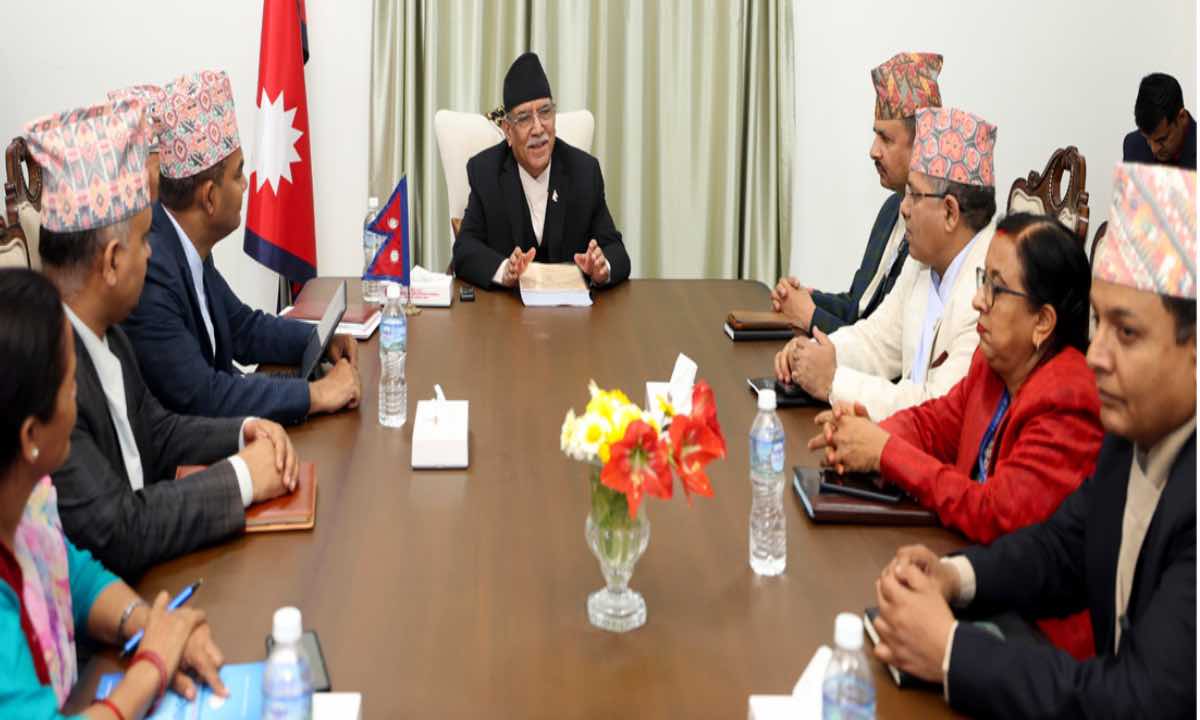

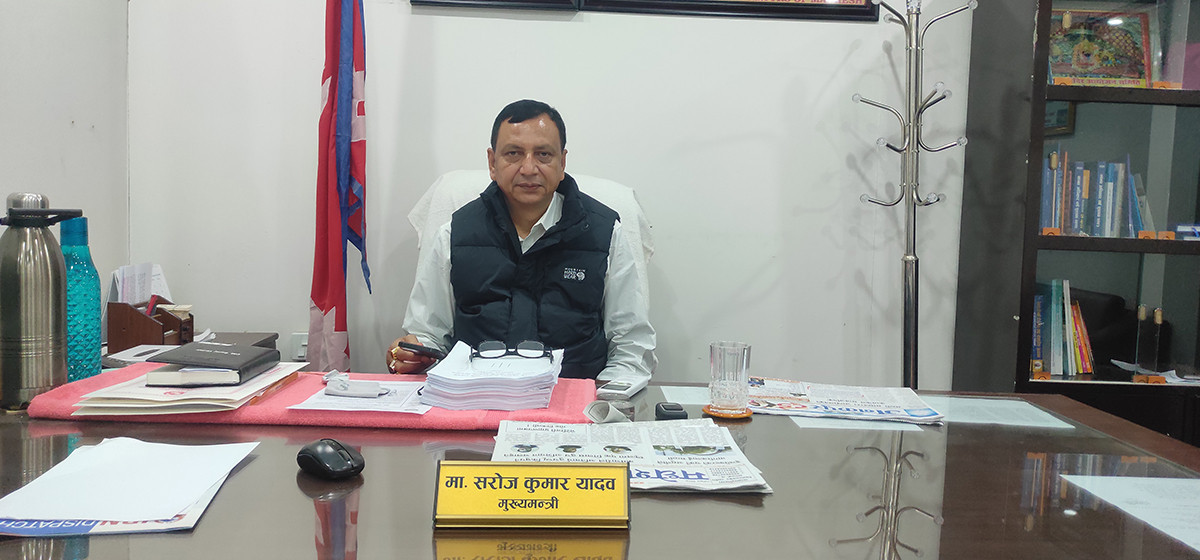

Leave A Comment